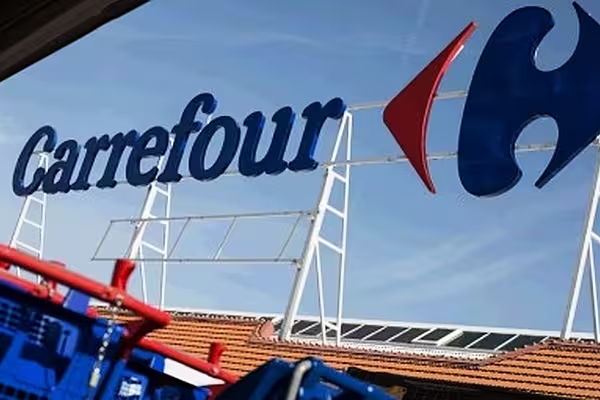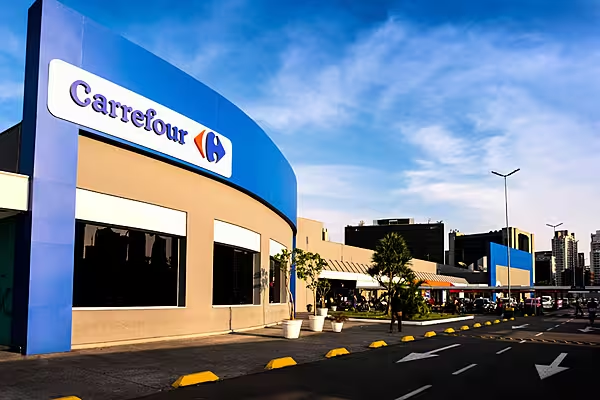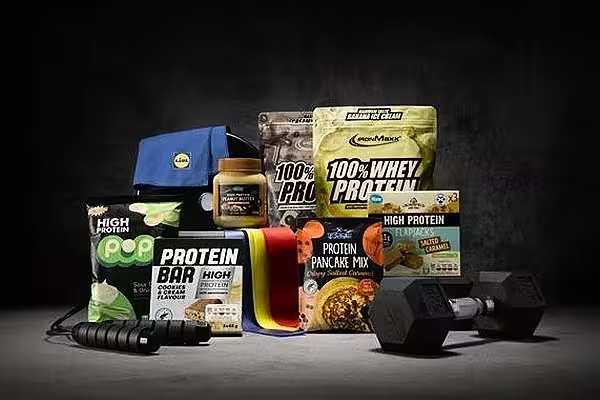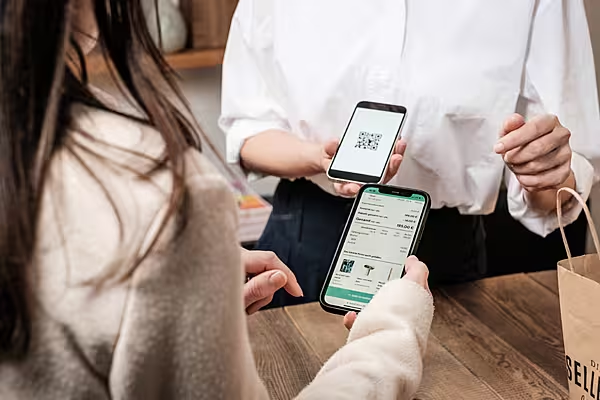You can expect to hear a lot more about the metaverse in the consumer goods space in the years to come, but how should food and drink brands approach it? Stephen Wynne-Jones reports. This article first appeared in ESM September/October 2022.
Depending on whom you speak to, the metaverse is either a digital utopia that is going to fundamentally transform our lives or yet another example of the hubris of a bloated tech industry. Either way, it’s certainly going to become more of a presence in the years to come, becoming part of the marketing matrix for retailers and consumer goods firms.
The extent to which the metaverse, along with virtual and augmented realities, is influencing shopper behaviour was examined in a recent study by Accenture, which surveyed more than 11,000 consumers in 16 countries.
It found that close to two thirds (64%) of consumers had already purchased a virtual good or taken part in a virtual experience or service online in the past year, while 83% have showed interest in making purchases via the metaverse in the future.
Elsewhere, the study found that two fifths (42%) had visited a retailer in the virtual world to get advice, make a payment, or browse a product range when shopping for a physical item, while 56% of respondents plan to do so in the next year.
Immersive technologies such as the metaverse have a clear application in areas such as fashion or cosmetics retailing, where customer engagement is paramount and digital environments can augment existing experiential elements. Also, for travel retailers, the opportunity for would-be tourists to virtually visit locations would certainly be an appealing selling point.
But can the metaverse also play a role in the fast-moving consumer goods space, and, if so, what would that look like?
Virtual Product Launch
Earlier this year, Heineken launched its new Heineken Silver variant on the Decentraland metaverse, creating a virtual bar at which visitors could ‘taste’ the new beer, as well as sample pixelated lobster and caviar – except, of course, they couldn’t. The launch was merely a precursor of the real-life unveiling that followed in April.
As Heineken’s Bram Westenbrink explained, the virtual launch was an “ironic joke”, a concept that “[poked] fun at us and many other brands that are jumping into the metaverse with products that are best enjoyed in the real world”.
Retailers are also getting in on the act. In February, Carrefour launched an address on the Sandbox, a virtual gaming environment, which will enable the retailer to “understand the evolution of retail and consumption to come,” according to its e-commerce chief, Elodie Perthuisot. In May, it followed this launch up with its first metaverse-based recruitment drive [pictured].
A Different Way Of Thinking
As to the best course of action that a brand owner or retailer should adopt when embracing the metaverse? This can be summed up in an old advertising slogan used by computer-maker Apple some years back: think different.
“If you approach the metaverse thinking you will use it to do exactly what you do in the physical world, it’s not going to work,” says Maria Mazzone, managing director of Accenture’s innovation arm, who has spoken on the topic of the metaverse at conferences around the world. “It will never work – and, honestly, it’s not a great idea.”
Rather, brand owners should use the metaverse as leverage to do things that they can’t do currently through existing physical or digital channels, Mazzone explains.
“Use it for the strength that it has, for the things that only the metaverse enables you to do,” she says, “like reaching 50 million people in a second, engaging with them, watching where they go and what they do, and learning from that. It’s not just about their purchasing behaviour.”
She points to a leading automotive brand that has used the metaverse to engage with consumers aged 13 to 17 – in other words, those who have yet to pass their driving test.
“That has more than a monetary value,” Mazzone notes.
Read More: 7 Ways Food Technology Is Transforming The Global Food Industry
Reaching Your Objectives
When it comes to the metaverse, all brands should carefully consider not just what their goals are, but also how to achieve them.
“Otherwise, you fall into what I call the ‘app trap’,” says Mazzone. “When mobile started, everybody was making apps. Then, before long, we realised that the majority of us have maybe 30 apps on our phones and use only about ten regularly. So, it’s not a case that when you build an app that people are going to use it.
“In the metaverse, it’s the same. Think about why people would come. Are you building a virtual store? Why would people go there? Are you solving a problem or giving them something they want? If you’re not – I can tell you already – nobody’s going to come to whatever you’re building because humans are humans. There has to be a reason.”
For this reason, brands should see the metaverse as a learning board to influence their long-term strategy across their business, rather than a quick-fix solution on to which they should latch.
“Experiment, test and execute,” says Mazzone. “If you do that, there’s a good chance that – maybe in a year – you will be in a better position than most. “At the same time, I would strongly recommend against what we did in what you might call the ‘old world’, in which you would go away for eight to 12 weeks and come up with a strategy on how to ‘approach the metaverse’. If you do that, you’re toast because in eight to ten weeks, everything could have changed already.”
Build The Experience
Accenture has put this approach into practice. The company ordered 60,000 Oculus headsets last year – the biggest order placed by a single company – to assist with the onboarding process for around 150,000 employees during the pandemic.
“It’s very easy to be charmed by the ‘sexy’ part of the metaverse – the market-facing elements,” says Mazzone, “but – as with an iceberg – a lot of the potential of the metaverse isn’t necessarily visible – employee experience, for example.”
Ultimately, for most brands, the metaverse will be about creating unique experiences that align with said brand’s values and aspirations. Beyond that, the sky really is the limit.
“Everything is possible, but there’s a whole science behind designing that experience,” says Mazzone. “In a physical supermarket, you might have an aisle and a shopping cart. In the metaverse, you could have a unicorn flying in from outer space and taking you somewhere else. But actually ‘doing’ the metaverse is very different from just talking about the metaverse.”
© 2022 European Supermarket Magazine – your source for the latest technology news. Article by Stephen Wynne-Jones. Click subscribe to sign up to ESM: European Supermarket Magazine.














